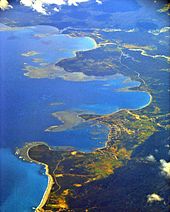
Isabela, officially the Province of Isabela, is the second largest province in the Philippines in land area located in the Cagayan Valley. Its capital and the largest local government unit is the city of Ilagan. It is bordered by the provinces of Cagayan to the north, Kalinga to the northwest, Mountain Province to the central-west, Ifugao and Nueva Vizcaya to the southwest, Quirino, Aurora and the independent city of Santiago to the south, and the Philippine Sea to the east.

Palanan, officially the Municipality of Palanan, is a 1st class municipality in the province of Isabela, Philippines. It also served as the final capital of the First Philippine Republic from 1900 until the capture of President Emilio Aguinaldo by the Americans during the Philippine-American War in 1901. According to the 2020 census, it has a population of 17,684 people.
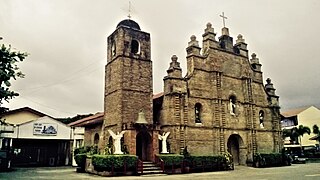
Alicia, officially the Municipality of Alicia, is a 1st class municipality in the province of Isabela, Philippines. According to the 2020 census, it has a population of 73,874 people.

Angadanan, officially the Municipality of Angadanan, is a 3rd class municipality in the province of Isabela, Philippines. At the 2020 census, it had a population of 44,977.

Burgos, officially the Municipality of Burgos, is a 4th class municipality in the province of Isabela, Philippines. According to the 2020 census, it has a population of 26,040 people.
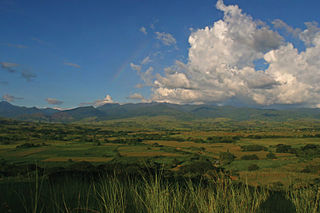
Cabagan, officially the Municipality of Cabagan, is a 1st class municipality in the province of Isabela, Philippines. According to the 2020 census, it has a population of 53,897 people.

Delfin Albano, officially the Municipality of Delfin Albano, is a 4th class municipality in the province of Isabela, Philippines. According to the 2020 census, it has a population of 29,928 people.
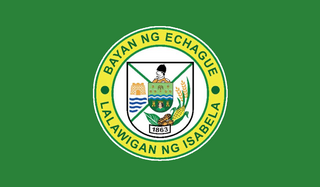
Echague, officially the Municipality of Echague, is a 1st class municipality in the province of Isabela, Philippines. According to the 2020 census, it has a population of 88,410 people. The town is known for the indigenous and endangered Yogad language, which is spoken and conserved by its locals.

Gamu, officially the Municipality of Gamu, is a 4th class municipality in the province of Isabela, Philippines. According to the 2020 census, it has a population of 30,655 people.

Luna, officially the Municipality of Luna, is a 5th class municipality in the province of Isabela, Philippines. According to the 2020 census, it has a population of 20,697 people.

Maconacon, officially the Municipality of Maconacon, is a 3rd class municipality in the province of Isabela, Philippines. According to the 2020 census, it has a population of 3,977 people, making it the least populous municipality in the province.
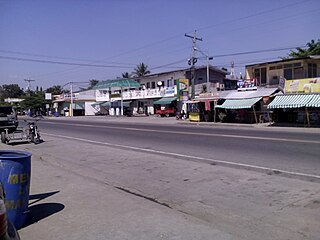
Mallig, officially the Municipality of Mallig, is a landlocked 4th class municipality in the province of Isabela, Philippines. The municipality has a land area of 133.40 square kilometers or 51.51 square miles which constitutes 1.07% of Isabela's total area. Its population as determined by the 2020 Census was 32,208.
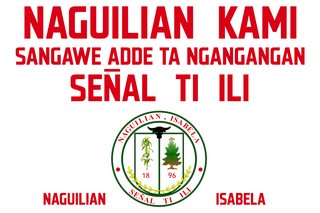
Naguilian, officially the Municipality of Naguilian, is a 4th class municipality in the province of Isabela, Philippines. According to the 2020 census, it has a population of 33,788 people.
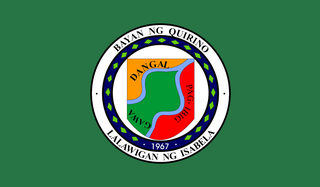
Quirino, officially the Municipality of Quirino, is a 4th class municipality in the province of Isabela, Philippines. According to the 2020 census, it has a population of 25,023 people.

Reina Mercedes, officially the Municipality of Reina Mercedes, is a 4th class municipality in the province of Isabela, Philippines. According to the 2020 census, it has a population of 27,900 people.
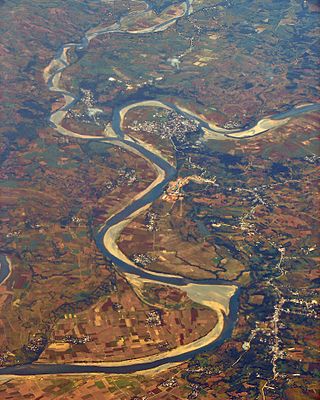
San Mariano, officially the Municipality of San Mariano; Ilocano: Ili ti San Mariano; Tagalog: Bayan ng San Mariano), is a 1st class municipality in the province of Isabela, Philippines. According to the 2020 census, it has a population of 60,124 people.

San Mateo , officially the Municipality of San Mateo, is a 1st class municipality in the province of Isabela, Philippines. According to the 2020 census, it has a population of 66,663 people.

San Pablo, officially the Municipality of San Pablo, is a 2nd class municipality in the province of Isabela, Philippines. According to the 2020 census, it has a population of 26,320 people.

Santo Tomas, officially the Municipality of Santo Tomas, is a 4th class municipality in the province of Isabela, Philippines. According to the 2020 census, it has a population of 24,528 people.

Tumauini, officially the Municipality of Tumauini, is a 1st class municipality in the province of Isabela, Philippines. According to the 2020 census, it has a population of 70,743 people.






